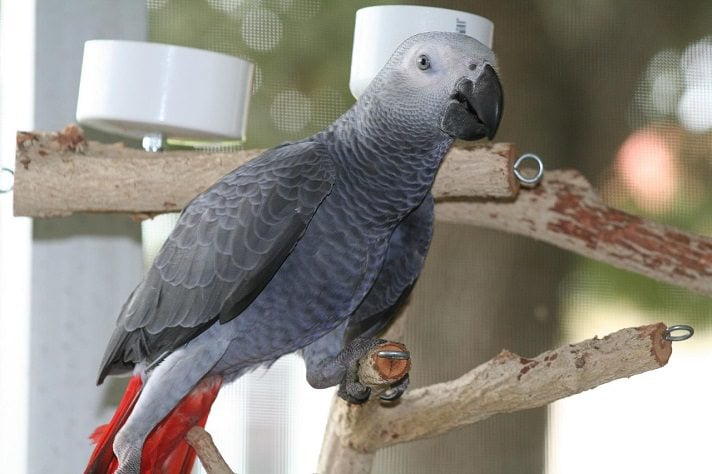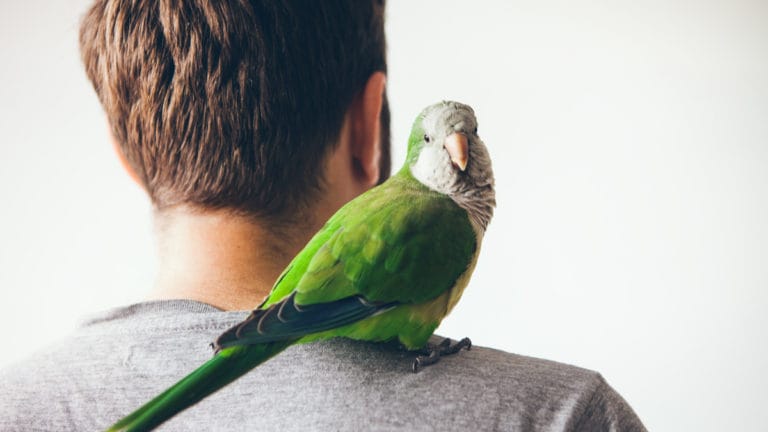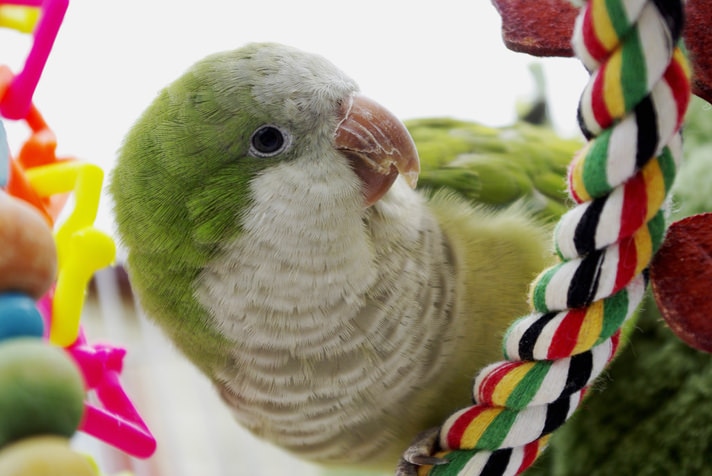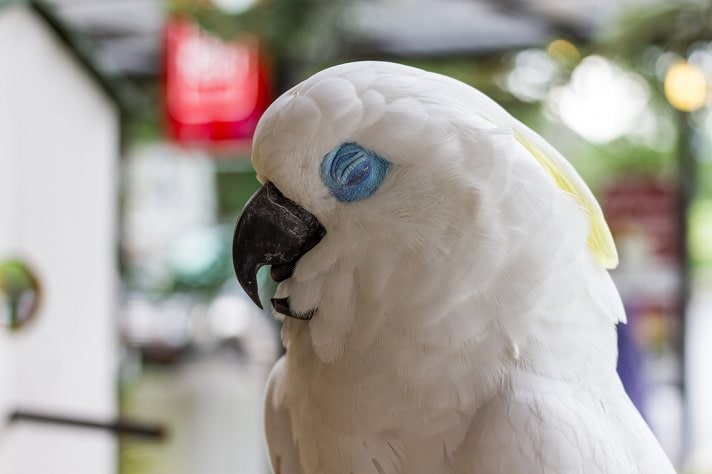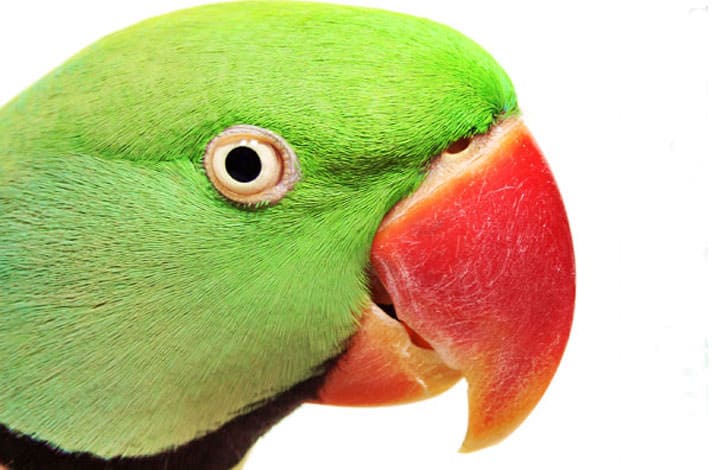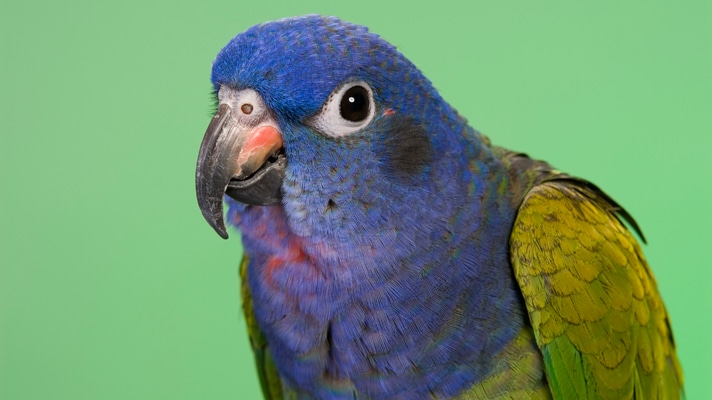Nearly 20 years ago, I remember sitting in a conference on the African grey parrot. Lovingly, the keynote speaker joked that the grey was God’s first attempt at creating a parrot. The aerodynamics of a grey — its heavy body, short wings and small feet — were all wrong. Because of this, the African grey parrot was thought to be less graceful and even considered clumsy. Through advances in aviculture, we have been able to attribute some of the “clumsiness” to young babies having wing-feather trims before they were allowed to fledge.
Severe wing-feather trims or those done too early can undermine a pet African grey’s confidence and sense of security. This can lead to further insecurities and fears as they mature. Given the chance to fledge properly, an African grey can be graceful in its flight, agile and even land on a dime. Watching Sydney Bell, my 8-year-old African grey, soar and maneuver around the house made me think of a few other misconceptions that seem to plague the African grey parrot.
The One-Person Pet African Grey: A Bonding Process
I am sure we have all heard it said that an African grey will form a bond to one person. Perhaps male birds do better with female owners, and female greys bond better with the man in the house. This is absolutely untrue. A grey might choose a favorite person, but it does not bond to one person and one person only.
Often, we create the problem and perpetuate the myth of the one-person grey with behaviors we teach. We should encourage relationships with different people while the grey is young. Early socialization, family interaction and cognitive communication are key to set the foundation for a well-rounded grey. With older, rehomed African grey parrots, you must add in time and patience. You will never win over a grey without trust, and trust is earned, not given.
I Want A Pet Bird That Talks
We see videos of talking African greys on social sites, interviews on television, and perhaps the talking bird at the local pet store. While the African grey has a wonderful reputation for cognitive communication and extensive vocabularies, there are just as many greys out there that never utter a word.
One should never desire an African grey because he or she wants a bird that talks. If you are fortunate enough to live with one of these wonderful creatures and he/she does learn to speak, consider it the icing on the cake. When it comes to talking, there is no difference between the male and female African greys’ ability to learn human language, nor any difference between the Congo or Timneh African grey. The average grey starts talking around 12 to 18 months depending on the individual bird. Some have been noted as early as 6 months of age. Most greys start out mumbling and practicing words when they are alone. They often surprise owners when they yell out their first clear word. A single grey household will often have a bird with a larger vocabulary then a multiple bird or multiple grey household. There are however, always exceptions.
Neurotic … Or Not?
Neurotic-type behaviors are formed from stress, insecurities, fears and lack of confidence. If you think about it, we basically have an animal that is hardwired to flee from danger. We automatically expect it to understand all the strange things in its environment without the security of its flock. Coupled with the fact that wild Congo grey babies remain with the family unit much longer to develop emotionally then they do in the domestic pet trade today. Timneh greys are not known to have as many issues due to the quicker rate of maturation.
As Maggie Wright, author of “African Grey Parrots: A Complete Pet Owner’s Manual” and creator of the Grey Play Round Table, has said, “The more intelligent an animal is, the more likely it will have behavior problems, unless it is worked with. If a baby grey is not properly socialized to humans at an early age, it may become confused and not know how to behave.”
African greys also have a reputation of being fearful of new things introduced into their environment. While this often is true, it is possible for an African grey parrot to accept change if done properly.
By: Lisa Bono, IAABC Associate Parrot Behavioral Consultant
Featured Image: Via scott_riker/Pixabay
Share:
